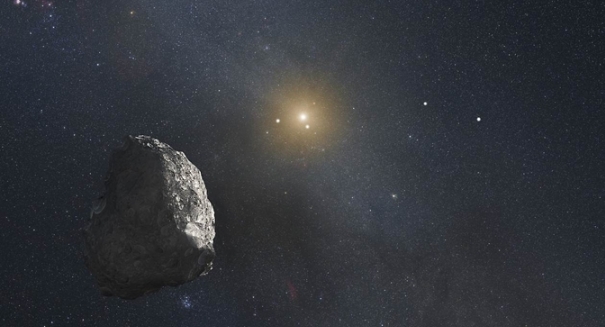
Using the Hubble Space Telescope, a team of researchers have identified suitable objects in the Kuiper Belt for NASA's New Horizons craft after it flies by Pluto next summer.
Using the Hubble Space Telescope, a team of researchers has identified three potential targets for the New Horizons spacecraft to visit after its July 2015 Pluto flyby. These objects, located in the remote Kuiper Belt, have never been visited before and could shed light on the development of the early solar system.
Since 2006, the New Horizons mission has been traveling to Pluto for a flyby. Because it’s not an orbital mission, the craft can go farther out than Pluto- into the remote Kuiper Belt, a ring of ancient objects 4 billion miles away from the sun.
According to NASA, the Kuiper Belt is “a vast rim of primordial debris encircling our solar system. KBOs belong to a unique class of solar system objects that has never been visited by spacecraft and which contain clues to the origin of our solar system.”
The Kuiper Belt Objects (KBOs) that the team identified are larger than average comets, but only around 1% the size of Pluto, which is considered a dwarf planet. They’re estimated to be between 15-30 miles long. In the icy dark far from the sun, the KBOS are well-preserved chunks of the early universe that haven’t been exposed to heat. They’re thought to be building blocks for outer dwarf planets like Pluto.
Originally, the New Horizons team had not located any suitable KBOs in the craft’s flight path. But using the Hubble Space Telescope, they were able to located the three KBOs that had not previously been found before.
The New Horizons spacecraft will go farther out in the solar system than any craft before, potentially 3-4 billion miles from the sun, following its July 2015 Pluto flyby. As part of NASA’s New Frontiers program, its success will determine the likelihood of later projects examining remote parts of the universe. The New Horizons team will submit their proposal to NASA next year for a flyby of the KBOs.
Leave a Reply